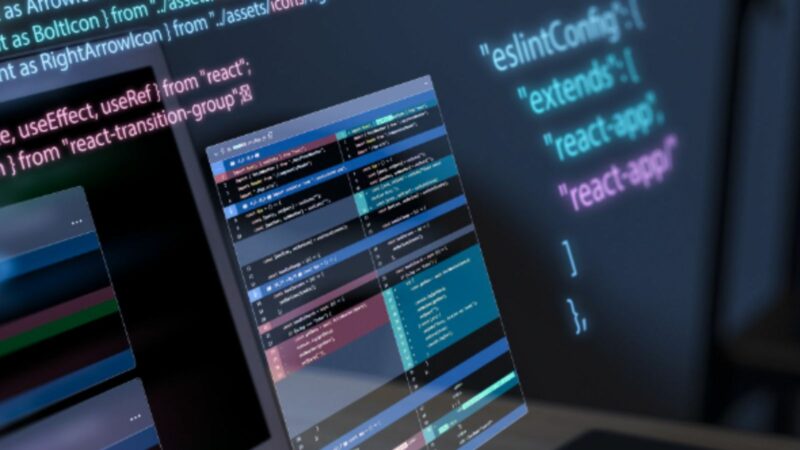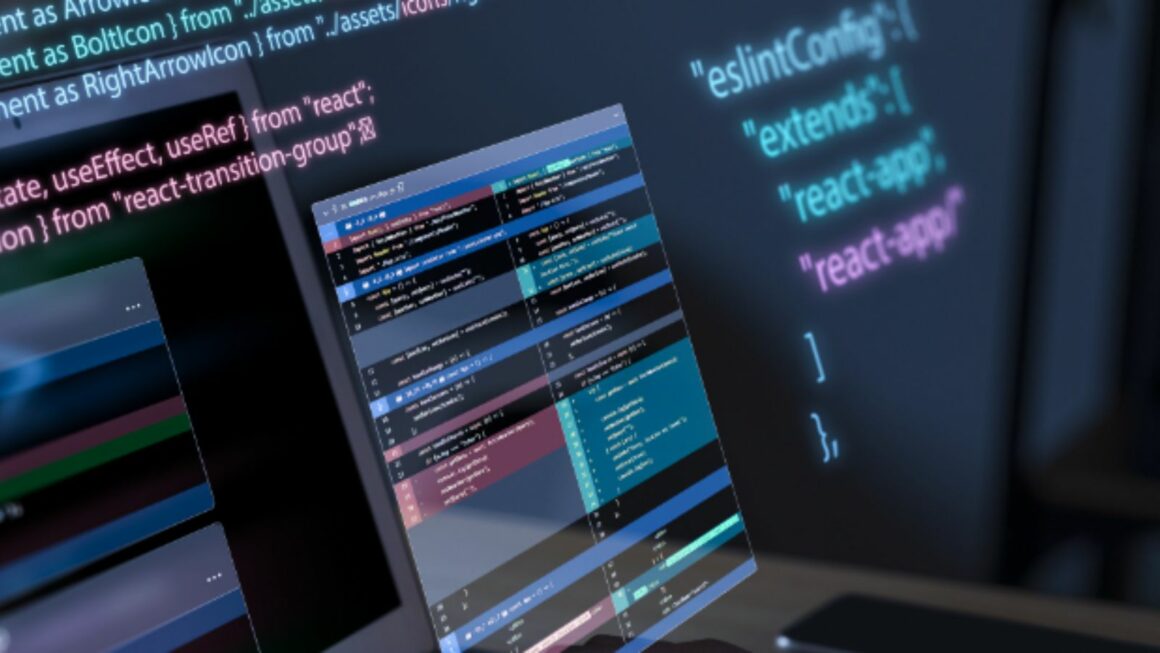In the digital age where virtual communication is the new norm, having top-notch webcam software can make all the difference. From professional meetings to social hangouts, it’s the creative webcam software that’s truly transforming the way we connect.
This article delves into the world of creative webcam software, exploring its many facets. Whether you’re a seasoned professional or just dipping your toes in the digital waters, you’ll find something of interest here. Stay tuned as we unravel the potential of these powerful tools to redefine our digital interactions.
Creative Webcame Software
This section delves into the nuanced features of creative webcam software, providing a comprehensive exploration of its core capabilities.
Live Filters and Effects

Creative webcam software boasts a plethora of live filters and effects. These digitally-aided embellishments add value, teleporting standard webcam usage into a world of visual creativity. For instance, the software offers a vast array of filters like sepia, black and white, and numerous visual effects. Users can adjust these filters and effects in real time, empowering them to customize their digital interactions to fit different contexts – be it a workplace presentation or a casual social interaction.
Motion Detection Capabilities
A distinctive feature of creative webcam software is its motion detection capabilities. The software detects motion in the webcam’s field of view – making it a useful tool, potentially, in home security systems. For example, on detecting motion, it can automatically record and save a video or snap a photo, thereby acting as a digital sentry standing guard over your home or office. This feature expands the application frontier, enabling the software to go beyond fundamentally serving as a medium of communication, by integrating practical utility in real-world scenarios.
Compatibility and System Requirements

The compatibility and system requirements of creative webcam software are critical elements to explore. These provisions determine how well the software operates on various systems. This section dives into the supported operating systems and the required hardware specifications for optimal performance.
Creative webcam software supports different operating systems, enhancing its usability across multiple platforms. It’s compatible with Windows 7, 8, 10, and also with MacOS versions from 10.12 onwards. Integrated with the major operating systems, this compatibility broadens access for users, who can rely on this software across frequently updated system versions. For example, a user can seamlessly upgrade from Windows 7 to Windows 10 without the worry of losing functionality of their creative webcam software.
Required Hardware Specifications
The performance of creative webcam software depends not just on the supported operating system, but also on the hardware of the system. The software functions optimally on systems with at least 2 GB of RAM and a 2.0 GHz processor. In terms of storage, a minimum of 200 MB of free disk space is required for seamless installation and operation. Similarly, a standard USB 2.0 or 3.0 port is essential for connecting the webcam to the system. For instance, a user with a 2.4 GHz processor and 4 GB of RAM can expect enhanced performance from the software compared to a user with basic system requirements.
User Experience and Interface Design
Following a detailed exploration of system requirements and compatibility, the subsequent paragraphs focus on the user experience and interface design of creative webcam software.

Leveraging intuitive design, creative webcam software creates an accessible user experience. An organized layout presents options and features in a manner that invites user exploration. Easy-to-locate menus and buttons allow for quick navigation without any extensive search required, optimizing software for fast-paced digital interactions. For instance, users can readily access features like filters, scene effects, avatars, and more, all housed in a simple menu format. Furthermore, the software’s simplified onboarding explains key functions to new users, facilitating an easy start to their digital interactions.These aspects play crucial roles in determining how smoothly users can navigate the software and how effectively they can personalize their experiences with its features.



